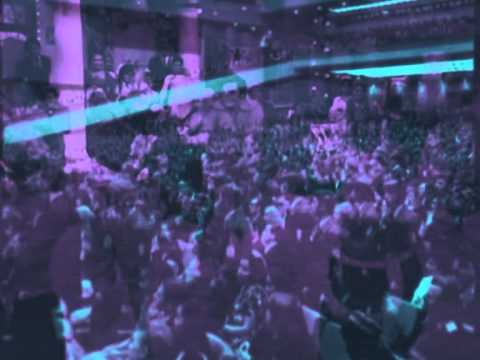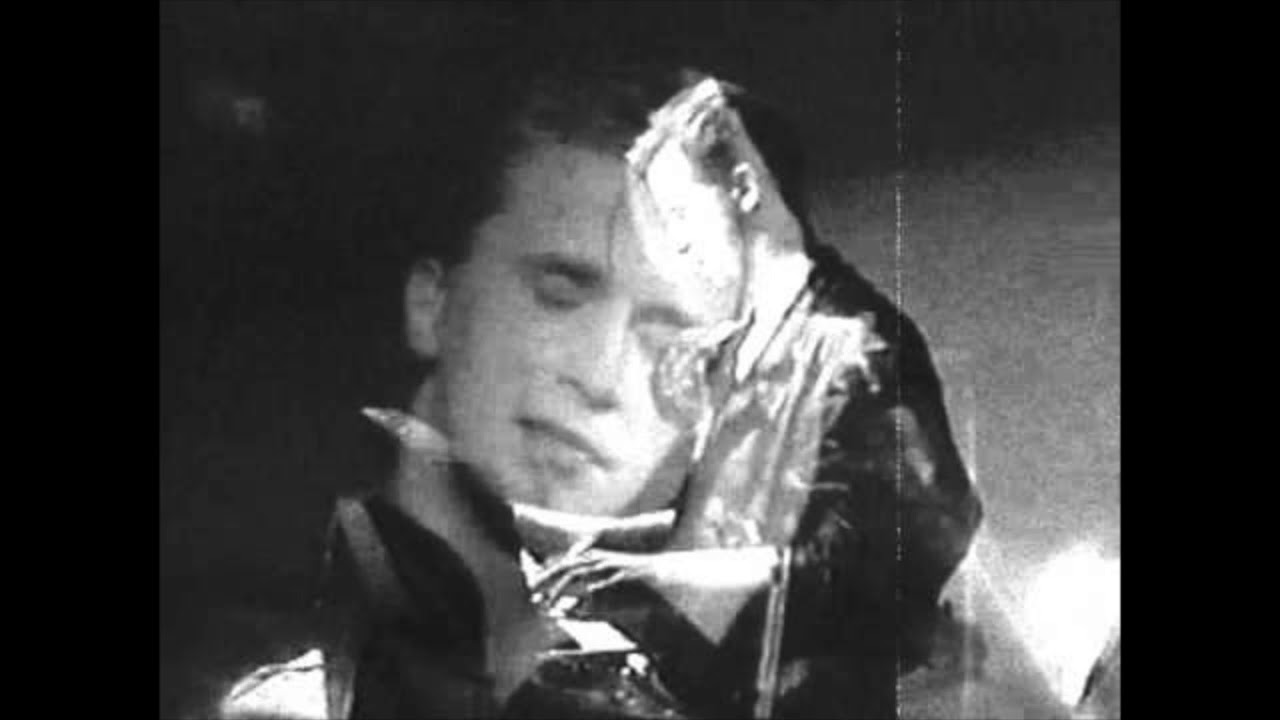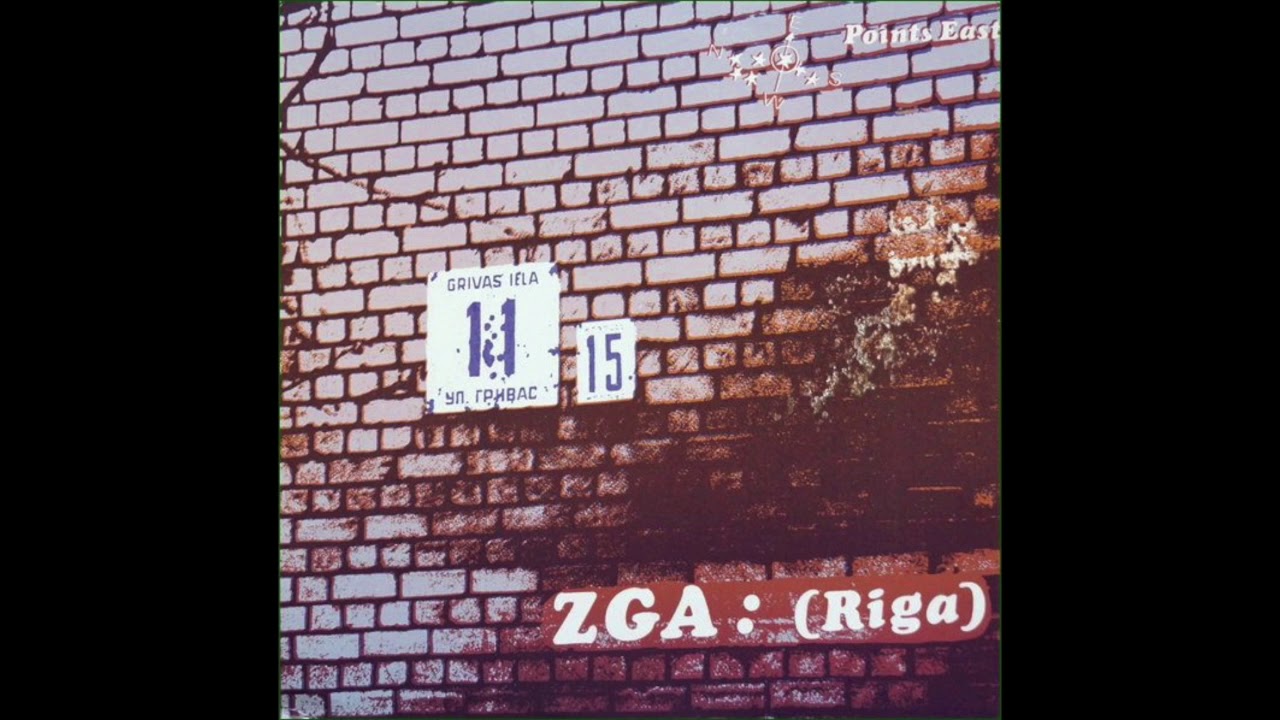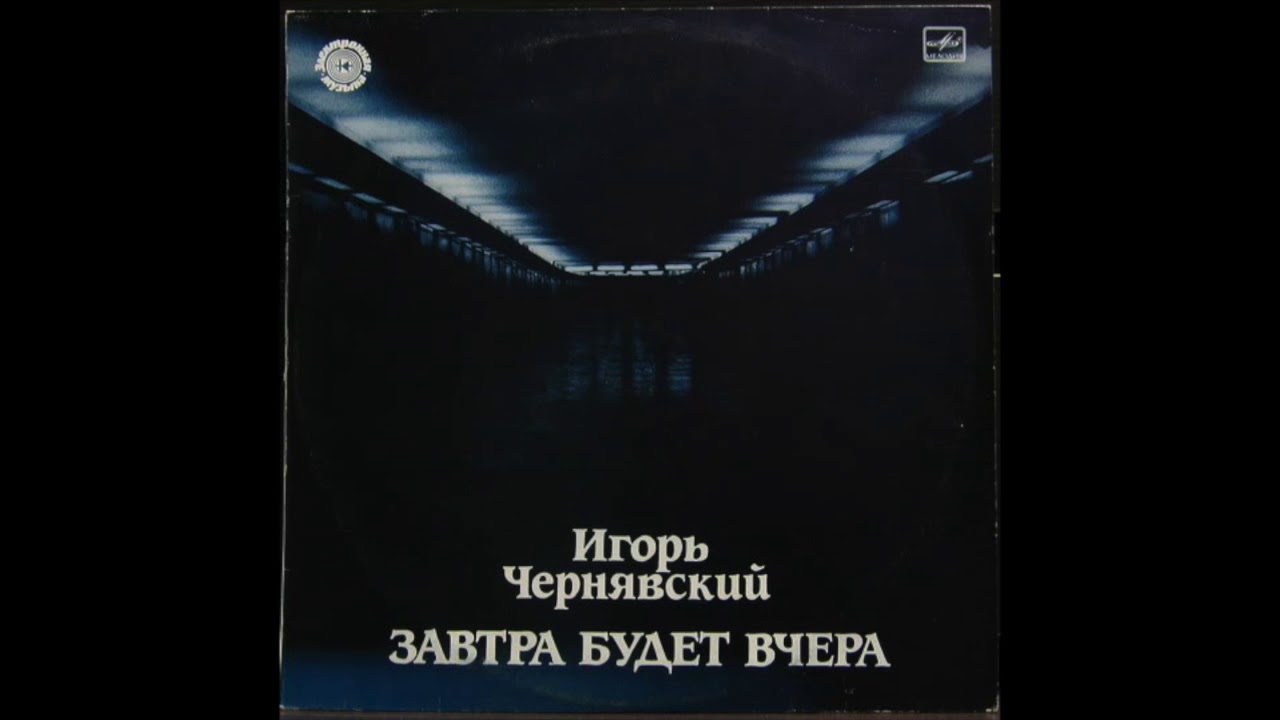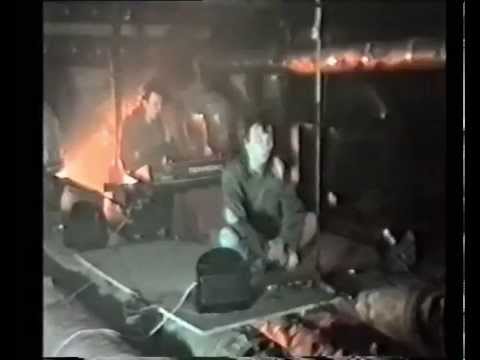
8 Tracks That Defined The Soviet Era’s Industrial Scene
The Moscow-based techno-punk outfit Interchain (comprised of Andrew Lee and Jenya Gorbunov, pictured above) already has an impressive discography. But their most recent release, Plenum—which just came out on the Hivern Discs sublabel HVNX this past March—is a particularly fiery addition to their original take on frenetic, punk rock-indebted electronic sounds. They sat down with us to shed some insight onto their wide range of influences from the Soviet era’s industrial music scene. Listen to their eight selections—from the ’20s to the ’90s—below.
Arseny Avraamov, “Symphony Of Factory Sirens” (Public Event, Baku 1922)
“Arseny Avraamov was one of the representatives of the Soviet avant-garde movement in the 1920s. He combined art and technology into a new form of audio visual art. In this track, you can hear the sounds of firing cannons and guns, factory sirens, steam whistles and other machines. The symphony was first performed in 1922 in Baku, and then in 1923 on the anniversary of the Great October Revolution. It’s considered to be one of the compositions that created musique concrète in Russia.”
Alexander Mosolov, “Iron Foundry” (1927)
“The transition period following the dramatic changes of the Great October Revolution sparked a wave of new Soviet art. The avant-garde art and music scene in Soviet Russia comprised of different movements, most notable of which were constructivism and futurism, among others. The artists, composers and architects at the helm of these movements often romanticized the hardships of the working class and the influence of the Soviet industrial revolution. In this song, the futurist composer Alexander Mosolov directed an orchestra to emulate the repetitive manufacturing process that defined this period of time.”
Вова Синий и Братья По Разуму, “Молодость моя” (1985)
“This band, which comes from the Russian closed military town, was the first musical group in the Soviet Union to use sampling in their music. But their songs’ industrial atmosphere was produced purely from their own creative impulses—they lived outside of the Soviet Union, and global trends and influences hardly, if ever, reached the outskirts of the USSR.”
Закрытое Предприятие, “Инфляция” (1988)
“Закрытое Предприятие, or The Closed Enterprise, was one of the first bands in their city of Novosibirsk to promote a new wave of electronic synth-rock. They were heavily influenced by Depeche Mode and DAF, and they also raised social and moral issues in their art like most rock bands did during that time.”
Алексей Тегин, “Осень Чертаново” (1988)
“The video used for this song is a fragment from a classic movie from the perestroika period. The music’s industrial noise was created by robots playing the violin, a concept that was borrowed 20 years later on the iconic collaboration between Squarepusher and the Z-MACHINES robot band. Alexey Tegin recorded industrial sounds for this track, and together with Vladimir Epifantsev, founded the Cardinal Art Factory in an abandoned space on Faleevsky Lane. Here they assembled a choral collective named Phurpa, which performed Tibetan rituals of the Bon religion.”
ZGA, “Видение перспективы” (1989)
“ZGA is a successor of the iconic noise-punk group Einsturzende Neubuaten. Formed in the Soviet Baltic region in 1984, they entered the industrial music scene from a background that consisted mostly of jazz and avant-garde music, which was unlike many typical punk enthusiasts. They also created their own musical language by making many of their own instruments.”
Игорь Чернявский, “Заблудившийся Трамвай” (1990)
“Igor Chernyavskiy was the only composer who managed to release industrial music though Melodiya, the Soviet Union’s only official record label. It’s unknown how many copies of his records were pressed, but his album “Завтра будет вчера”, which translates to “Tomorrow Comes Yesterday”, somehow got into the homes of every Soviet citizen.”
7Б, “Только сейчас” (1990)
“The band’s name, 7Б, is a medical code for psychopathy—all of the band members were discharged from the army because of this diagnosis. Due to problems with housing and money, the group at first moved to the countryside, where teachers and artists were provided with free accommodation. But after receiving criticism for their music from the public, they were forced to move to Teplocontrol, a heavily crime-ridden neighborhood. They lived and worked in the building of a thermal power station, where they could only leave at night for safety reasons. The region at that time was a very bleak place; it was filled with crime, and gangs would fight youths from different neighborhoods. This was how 7Б’s schizophrenic, industrial sound was born.”
To get a copy of Plenum, visit the Hivern Discs Bandcamp page here. Check out more of Interchain’s music on their SoundCloud. Featured photo via the artists’ Facebook page.
Read more: 9 synth artists who defined Eastern Europe’s post-Soviet sound
Published May 23, 2018.



